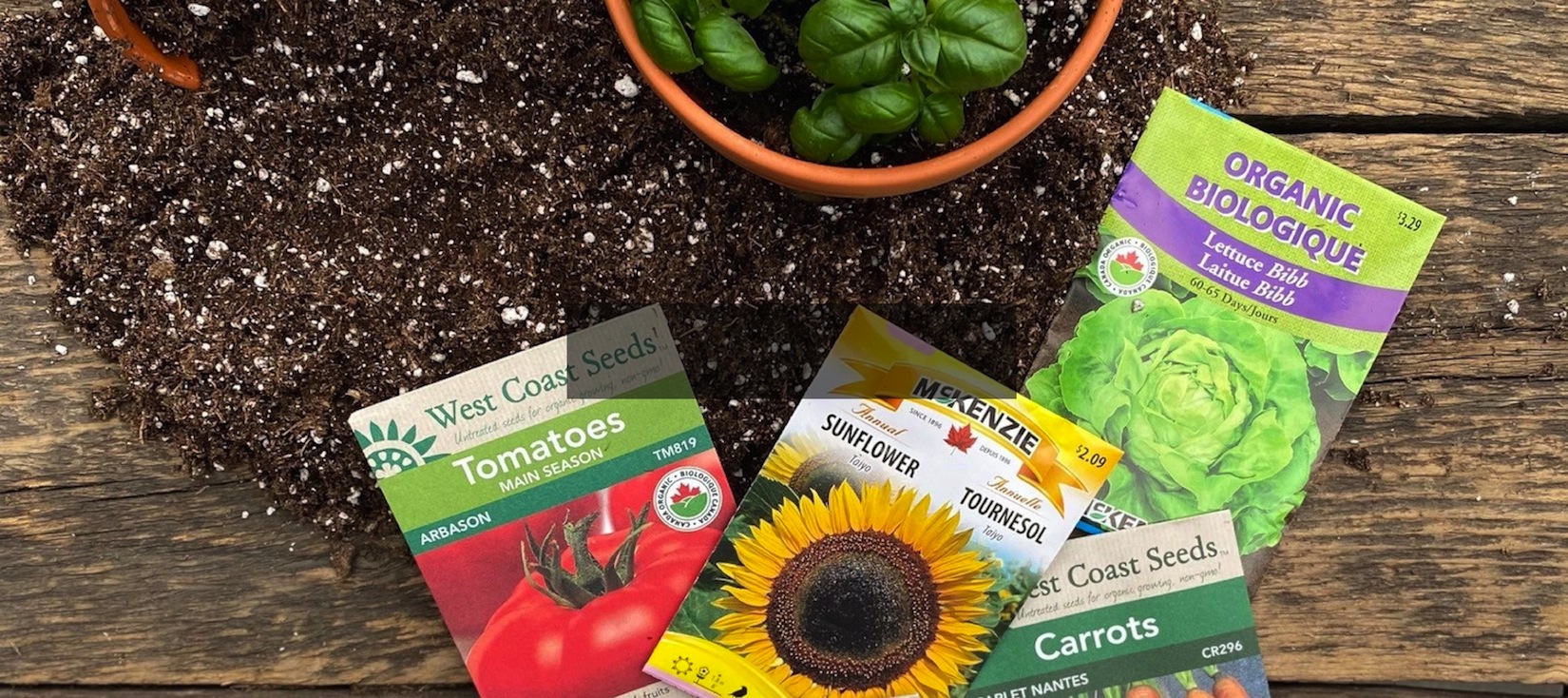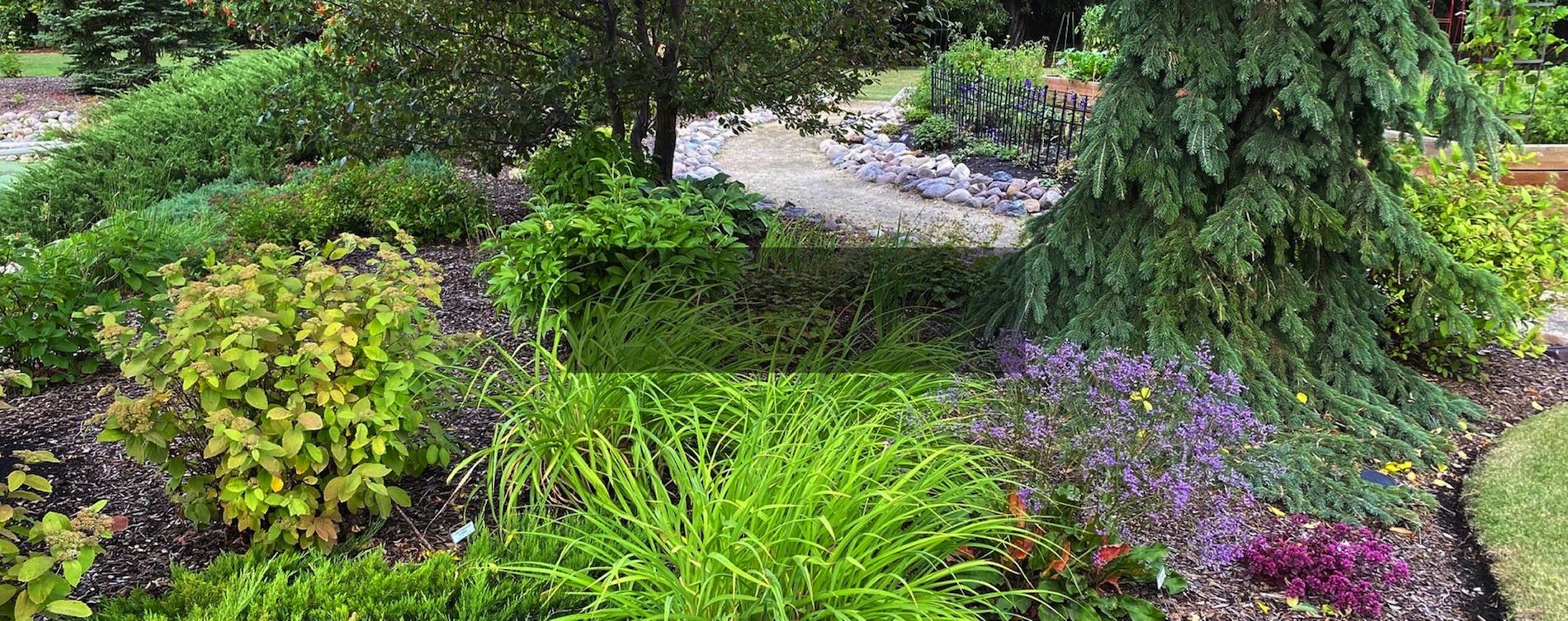Growing Hardy Roses

Location
Plant in a sunny area with a minimum of six hours of direct sunshine with good air movement around the plants. Soil should be well drained, rich in organic matter and a ph of 6-7.

Planting
Planting hole should be twice as wide and deep as the root ball. Prepare soil beforehand by adding compost or some form of rich organic matter. Plant the same depth or slightly deeper than they are in the pot when purchased. After planting, water in well with a water-soluble fertilizer such as 10-52- 10 or Promix Root Booster (10-15-10), leaving a slight depression around the plant to make watering easier. Remove any broken or damaged branches.
Fertilizer
To promote a healthy, strong root system and lots of blooms, fertilize once monthly with 15-30-15 or any fertilizer specially formulated for roses, May to early August.

Pruning
The best time to prune roses is when new growth has begun in spring. Remove any dead or damaged canes and always prune to an out facing bud. Prune to open up the center of the bush to promote good air movement. Removal of fading blossoms ensures a continuous supply of fresh blooms throughout the season. Always leave 5-7 main canes to serve as the main structure of the plant. Pruning cuts should be made .25” above the bud eye, at a 45º angle and sloping away and down from the bud.
Watering
Roses are tolerant of dry periods once established, however, during dry spells, deep water once weekly supplying 5 gallons of water per week. Watering in the morning is preferable, avoiding wetting of the foliage or splashing water on them. Mulch with bark or organic matter to help conserve moisture and as an effective form of week control.

Pests and Diseases
Fungal diseases (powdery mildew, black spot) can be controlled with weekly applications of fungicides such as Garden Sulphur.
Fall/Winter Care
Rake and clean up any dead leaves and debris around and under plants as these can be future sources of disease and insect infestations. A good soaking prior to freeze up is essential for winter survival. As well, once the ground has frozen, a mulch of bark, soil or dry peat can be heaped at the plant base to a depth of 3-4”.





